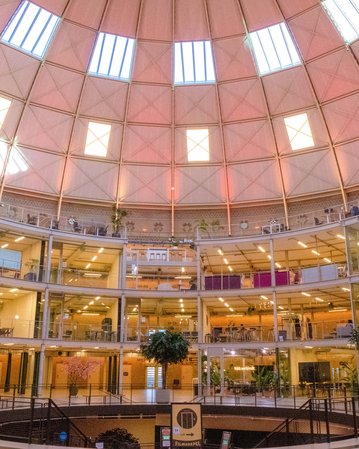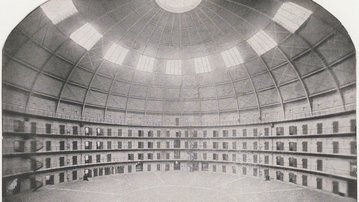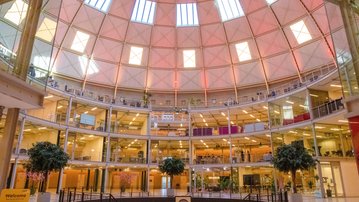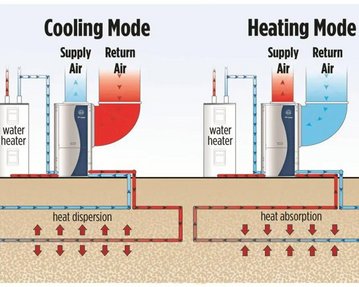
In this article, we’ll explore how SRH Haarlem Campus is applying sustainable innovation on its grounds. We’ll take a closer look at the school’s repurposed former prison location, let's dive in!
In this article, we’ll explore how SRH Haarlem Campus is applying sustainable innovation on its grounds. We’ll take a closer look at the school’s repurposed former prison location, let's dive in!

We at SRH Haarlem Campus, offer a post-HBO program in Applied Sustainability Management, but one might wonder, do we practice what we preach? Can we provide quality education while also prioritizing sustainability metrics? You might be surprised!
SRH Haarlem Campus is located in a repurposed former prison, which adds a unique touch to the school’s architecture. However, it’s more than just a creative design choice. Repurposing an existing building instead of building a new one from scratch is a circular strategy as it reduces construction waste and carbon emissions.
The school and the other partners involved have done an excellent job of transforming the building into a modern educational institution while preserving its historical significance. With spacious classrooms, modern technology, and natural lighting, SRH Haarlem Campus provides a productive environment for growth.


Another example of sustainable innovation is the use of a geothermal heating system to warm the buildings. This system relies on the earth’s natural heat to warm the buildings, reducing the school’s reliance on fossil fuels and minimizing greenhouse gas emissions.
Not only does this system help to reduce the school’s carbon footprint, but it also reduces energy costs, which is a win-win situation for both the school and the planet.

SRH Haarlem Campus has student housing located right next to the school, which is an eco-friendly choice that reduces traveling and encourages community. By having housing within walking distance of the school, students can reduce their carbon footprint by avoiding the need for cars or public transportation.
Additionally, student housing promotes a sense of community among the students, which is essential for fostering social connections and supporting mental health. By living near the school, students can easily connect with their peers and engage in extracurricular activities, which is an important aspect of the student experience.
Read more about our housing in our previous blog: The Advantages of On-Campus Housing: More Than Just a Roof Over Your Head.
SRH Haarlem Campus offers hybrid lessons, which means that students can follow classes online if they cannot come to class. This is an excellent example of how the school is adapting to the times and embracing technology to reduce its environmental impact.
By allowing students to attend classes remotely, the school can reduce the need for students to commute to the school, which reduces greenhouse gas emissions. Additionally, hybrid lessons offer flexibility to students who may have other commitments or who prefer to learn from home.
Haarlem Campus is an interesting example example of how an educational institution can be more circular. These things can also be applied not only to schools or universities but also businesses and large organizations.
Repurposing, circular energy, housing, and transportation are only a few circular and sustainable metrics that companies can apply. However, there are many more strategies and considerations a business can consider when making the transition to become more sustainable. Strategies that you as a student will learn during the post-HBO study program at Haarlem Campus.
We are here for you! Use this number to text us 24/7, and we will do our best to answer quickly!